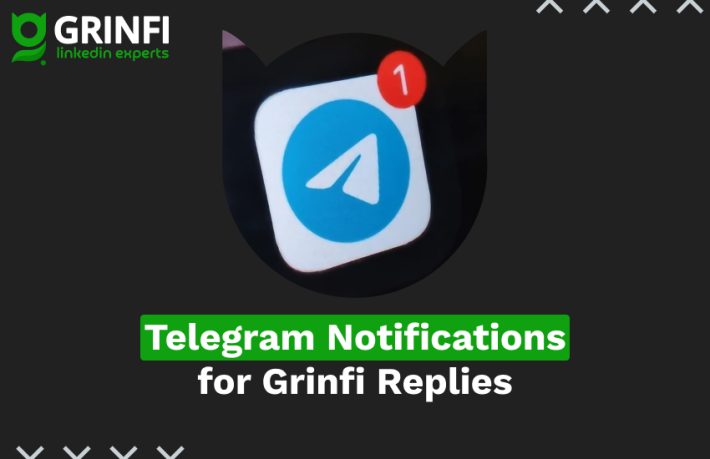LinkedIn Outreach in 2025: How to Write Messages That Get Read

How to Build B2B Sales Through Messages Clients Actually Read – and Reply To
LinkedIn has long outgrown its role as just a networking site. Today, it’s a full-fledged platform for cold sales, recruiting, reaching decision-makers, and building a brand. But to get results, you need a strategy. And that strategy doesn’t start with the text – it starts with understanding how, what, and to whom you’re selling.
The Three Pillars of Effective Sales
Every B2B sale rests on three key elements:
- The client’s pain
- Your competitive advantages
- A clear explanation of how your advantages address the pain points
If you’ve worked through these three areas in depth, you’ve already done half the work.
1. Understand the Pain, Don’t “Sell Shirts”
In B2C, people often buy an emotion. In B2B, they buy a solution to a specific problem.
For example: in B2C, you walk into a store, try on a shirt, look in the mirror, like what you see (“Wow effect,” emotion) – you buy it. But in B2B, when you’re the supplier selling a batch of shirts to a retailer, they won’t buy just because they’re “nice.” A purchase decision is made when a specific pain point is addressed. For example: assortment issues, simplified logistics, or a product with a “wow factor” that can increase profit margins. It’s a calculated decision.
2. Competitive Advantages: Not Everything You Think Is “Wow” Matters to the Client
We usually see the picture only from our own perspective. But you’re not the one buying – you’re selling. The client is the one making the purchase, so you need to start with their perspective, not your own assumptions.
3. Explain how your competitive advantages work
People need to see why you’re better, and what they’ll get as a result.
| ❌ Incorrect | ✅ Correct |
| Fast delivery | Orders shipped within 10 hours of placement |
| Reliable support | 24/7 live chat with real operators, average response time: 3 minutes |
| Competitive pricing | Save up to 30% with direct supply from the manufacturer |
What to Write in LinkedIn Outreach Messages: Structure, Logic, Nuances
The primary cold sales strategy is a sequence of 4 touches:
- Connection Request
- Main Message (Offer)
- Follow-Up That Reveals Another Aspect of the Offer.
- Light Reminder with Added Value
1. Connection Request: Don’t Sell Yet
Keep it short – no sales pitch. If someone isn’t ready to talk or buy right away, they’ll likely reject your request just to avoid your messages. Instead, make it clear you could be a useful contact*.
*In many cases, a blank connection request works better. However, we still recommend testing.
2. Main Message: 600–700 Characters. Pain Point, Benefit, Call to Action
Talk about the client – not yourself:
❌ “We develop solutions.”
✅ “Your company can increase conversions by 12% with our solutions.”
- Keep it as short as possible without losing clarity.
- Use specifics: numbers, case studies, results
- End with an open-ended question or a clear CTA
3. Follow-Up That Reveals Another Aspect of the Offer.
Repeating your first message is useless. Instead:
- Offer a checklist, audit, or analysis
- Ask a “painful” question:
“Do you track how many users abandon their cart before purchase?”
This gives them a new reason to respond – even if they ignored your first message.
Personalization: Small Details Make a Big Difference
You don’t need to spend half an hour researching every profile. It’s enough to include:
- The person’s name
- Their industry
- Their company name
- Their location
A message like:
“We help e-commerce businesses increase lifetime value by 17% with mobile apps”
works far better than:
“We build mobile apps.”
A Few More Notes on Format and Tone
- No fluff: Avoid “amazing,” “innovative,” unless you can prove it in the same message.
- Attachments: Nobody reads 40-slide presentations. Images or infographics are fine.
When There’s No Reply: What’s Next?
- Email: Yes – but make it a completely new cold email, with no mention of LinkedIn.
- Phone/Messengers: Depends on the market. Analyze whether this is considered normal for your target audience.
Final Thoughts
Your outreach shouldn’t be “about you.” It should be about the client – their pain, their gain, their results.
Every touchpoint is a chance to show expertise, build trust, and start a conversation. But don’t forget – you’re “playing the game” with limited attention spans.
So write short, write clear, and write to the point.



